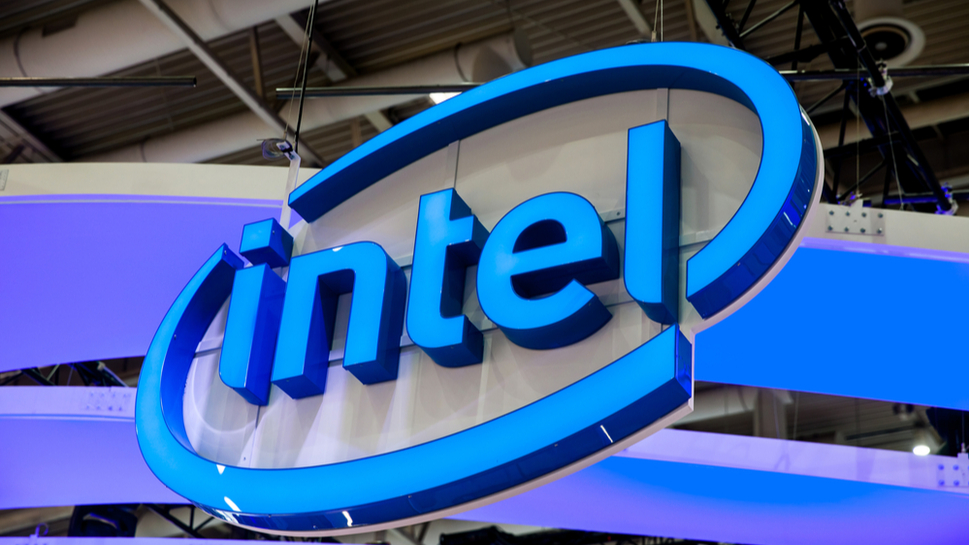Intel and AMD set to dominate server market for a little while longer
Server market will remain Intel and AMD until at least 2023, experts say

With mass production currently underway, and the Covid-19 pandemic forcing many businesses to migrate onto better technologies, Intel and AMD are looking at a potentially super successful year and a half in the server market.
That's according to a report from market researchers Trendforce, which says Intel’s Ice Lake and AMD’s Milan CPUs are expected to begin seeing widespread adoption in the server market in Q3 2021.
The firm sees Ice Lake as a “step-up in computing performance” compared to previous generations, mostly due to its high scalability and support for more memory channels. This, combined with the post-pandemic recovery, drives Trendforce to the conclusion that Ice Lake’s market share could exceed 30% by the fourth quarter of 2021.
- Here’s our list of the best small business servers right now
- We’ve built a list of the best bare metal hosting on the market
- Check out our list of the best cloud computing services available
Looking ahead, both Intel and AMD have new entrants lined up. Intel’s Eagle Stream volume ramp is scheduled for the second quarter of 2022, while AMD’s equivalent - Genoa - is expected to enter mass production “on a similar schedule”.
ARM, on the other hand, with its built-to-order system-on-chips, can expect just a 3% market share, with Trendforce not expecting it to be a serious contender to Intel and AMD before 2023.
Rising demand
AMD transitioned most of its server offerings to 7nm processors and 7nm+ nodes, Trendforce further explains, with the transition paying off. “Some” of its clients gradually accepted the new products, it added, but with ARM- and RISC-based processors currently being built to order, Trendforce doesn’t expect ARM CPUs to become highly competitive with x86 CPUs in the server market for another year and a half.
With AI and Big Data making strides, and demand for larger cloud storage capacity growing, data centers are continuing to pop up left and right. At the same time, as the CPU core count rises, manufacturers are faced with a challenge - how to raise computing performance via memory optimization.
Are you a pro? Subscribe to our newsletter
Sign up to the TechRadar Pro newsletter to get all the top news, opinion, features and guidance your business needs to succeed!
Trendforce believes Eagle Stream can solve this problem “by extending support to PCIe G5 for the SSD interface technology”.
As for DRAM, both Eagle Stream and Genoa will support the next-gen DDR5 server DRAM, which makes these new server CPUs superior to Ice Lake “in all respects”.
NAND Flash and DRAM suppliers are planning to start mass-producing PCIe G5 SSDs and DDR5 RDIMMs at the end of the second quarter of 2022, as they anticipate the demand generated by Eagle Stream and Genoa platforms.
- Here’s our rundown of the best workstations out there
Sead is a seasoned freelance journalist based in Sarajevo, Bosnia and Herzegovina. He writes about IT (cloud, IoT, 5G, VPN) and cybersecurity (ransomware, data breaches, laws and regulations). In his career, spanning more than a decade, he’s written for numerous media outlets, including Al Jazeera Balkans. He’s also held several modules on content writing for Represent Communications.